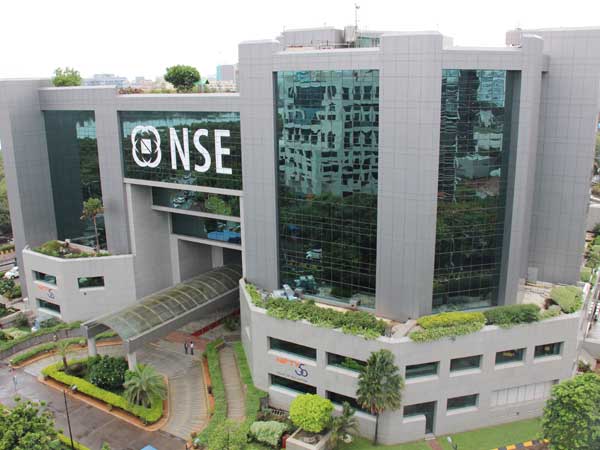
Is the Nifty-50 Index being propped by a handful of stocks, effectively cloaking the wider damage to stock values across the market?
Evidence shows that the benchmark index has been held up by a small set of five stocks in the financials and technology sectors, along with the oil sector heavyweight, Reliance Industries. These stocks account for close to two-thirds of all the gross up-move of the index year-to-date (YTD).
The five major stocks that have been pedaling the Nifty up are: Infosys, Tata Consultancy Services, HDFC Bank, Kotak Mahindra Bank and Housing Development and Finance Corporation (HDFC).
Because of their support, the headline equity indices remained stoically flat this year (YTD) even as the market corrected noticeably. On the surface, the equity market is just trudging along, as the Nifty is up 1 per cent and the MSCI India Index is only down 1 per cent this calendar year.
However, according to the latest India Strategy report of Bank of America Merrill Lynch, of the BSE500 stocks, 74 per cent are down this year and of this, 36 per cent are down 20 per cent or more. The overall free float weighted BSE 500 market capitalisation has also declined this year.
The report says even in the five top financial and technology stocks, about 70 per cent of the addition to market cap this year has come from an expansion of multiples.
The report cautions that such re-rating of a small ‘quality’ corner of the market has to be finite; and cannot hold up the index indefinitely. Unless the breadth widens—other stocks start to perform—the index can have limited natural upside. “A combination of external shocks (accelerating foreign selling), volatile domestic inflows and strong issuance can drive downside. Dec 2018 Sensex fair value of 32,000 (9 per cent below),” says the report.
“This concentration of performance is troublesome. We look at a set of over 1,600 equity funds in India (as available on Bloomberg). Only 3 per cent have outperformed the Nifty in the first six months of the year, compared to 6/16 per cent that managed positive relative performance over one/three years.”
It says an improvement in the Nifty’s breadth would require not just absolute earnings growth but also earnings beats. These seem unlikely in the near-term due to elevated expectations, for instance, the MSCI India FY19 earnings per share (EPS) is forecast to grow 25 per cent year-on-year.
In observes that India is relatively devoid of domestic catalysts now, though uncertainties around elections in 2019 are likely to increase through the year. The latter could particularly hurt mid-caps, which on aggregate still trade at an 86 per cent price-earnings (PE) premium to large caps. The MSCI India Midcaps Index has deteriorated sharply compared to MSCI India Index on an YTD basis.
Even though domestic fund inflows seem to have improved in May, the risk of acceleration in external selling remains. MSCI India has recently recovered from its early 2018 under-performance to MSCI EM in dollar terms, but with a weak macro defined by high oil prices and a weak currenc, the Indian market is unlikely to outperform in the near future.
The report also says sector allocation does not matter in strong markets when investors go stock-specific, but does tend to add value in weak markets--like the recent rotations happened into IT and pharma “Given our cautious outlook, perhaps it is time for Indian investors to increase focus on top-down sector choices,”
BofAML says it is currently overweight on discretionary, financials and industrial sector and underweight on healthcare and IT and neutral weight on staples.


